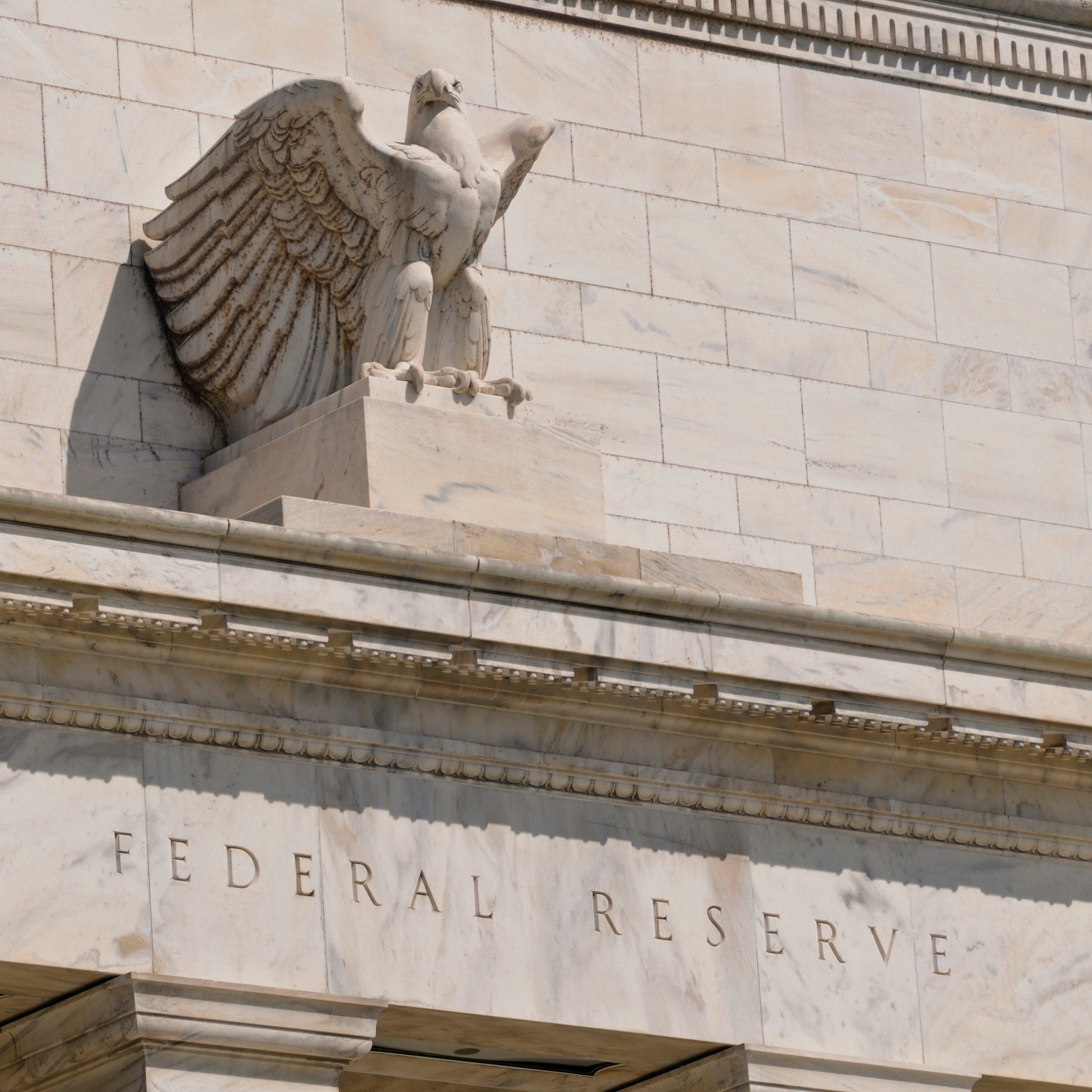Economy
FOMC Delivers No Rate Hike, Sees Rates and GDP Subdued for Years

Published:
Last Updated:

Janet Yellen and the Federal Reserve’s FOMC have voted to leave interest rates unchanged. That keeps federal funds at the target rate of 0.25% to 0.50%. What matters here is that the jawboning for rate hikes ahead will continue.
Wednesday’s FOMC announcement showed that the case for a rate hike has increased. All in all, the FOMC sees one rate hike now in 2016. They see two hikes in 2017, and the forecast is for three hikes in 2018. The end game — the FOMC effectively sees a lower interest rate path in 2016, 2017, 2018 and in the longer run.
If the Fed officials can somehow be taken at face value, something that the market would caution against, that would put the potentiality for six rate hikes from now until the end of 2015 — which would take the fed funds rate to 1.75% to 2.00% if they are all unilaterally 0.25% hikes and if the “ranges” are kept rather than the old absolute numbers we were used to in years past.
Three dissenting votes were seen. They included Cleveland Fed’s Mester, Kansas City Fed’s George and Boston Fed’s Rosengren.
Now that the Fed vote is in, the Fed forecast puts the fed funds rate at a median of 0.625% at the end of 2016. Translation — a rate hike in December, assuming they don’t announce a rate hike just days before the presidential election in November.
Additional notes show that the Fed expects a moderate pace of economic growth, while they see the labor market expected to strengthen somewhat further from current levels.
Only four Fed officials see more than one rate hike in 2016. The Fed has effectively decided to wait for the time being for more progress toward their stated goals. Three Fed officials see no rate hikes in 2016, and that is versus zero in June.
Two official points taken from the statement should tell you what you need to know:
Information received since the Federal Open Market Committee met in July indicates that the labor market has continued to strengthen and growth of economic activity has picked up from the modest pace seen in the first half of this year. Although the unemployment rate is little changed in recent months, job gains have been solid, on average. Household spending has been growing strongly but business fixed investment has remained soft. Inflation has continued to run below the Committee’s 2 percent longer-run objective, partly reflecting earlier declines in energy prices and in prices of non-energy imports. Market-based measures of inflation compensation remain low; most survey-based measures of longer-term inflation expectations are little changed, on balance, in recent months.
Against this backdrop, the Committee decided to maintain the target range for the federal funds rate at 1/4 to 1/2 percent. The Committee judges that the case for an increase in the federal funds rate has strengthened but decided, for the time being, to wait for further evidence of continued progress toward its objectives. The stance of monetary policy remains accommodative, thereby supporting further improvement in labor market conditions and a return to 2 percent inflation.
Here is the official statement. The GDP chart is now signaling median GDP forecasts of 1.8% in 2016, followed by 2.0% in both 2017 and 2018, and then followed by just 1.8% in 2019. For the longer-run they are targeting 1.8% — and the FOMC’s full forecasts out to 2019 and beyond are here.
Thank you for reading! Have some feedback for us?
Contact the 24/7 Wall St. editorial team.